Homegrown tomatoes grow better and taste better than just about any other homegrown vegetable. They don’t need a lot of care but do need to be watered properly: just enough and not too much.
If a tomato plant is over-watered, the roots are effectively drowned and can no longer absorb water and nutrients. This causes the plant to become unhealthy and the leaves to turn yellow. However, under-watering or disease can also show in the same manner. Keep soil moist but not soggy.
A wilting tomato plant is not necessarily drying out. Read on to find out what, exactly, it is that causes a tomato plant to wilt and the leaves to turn yellow.
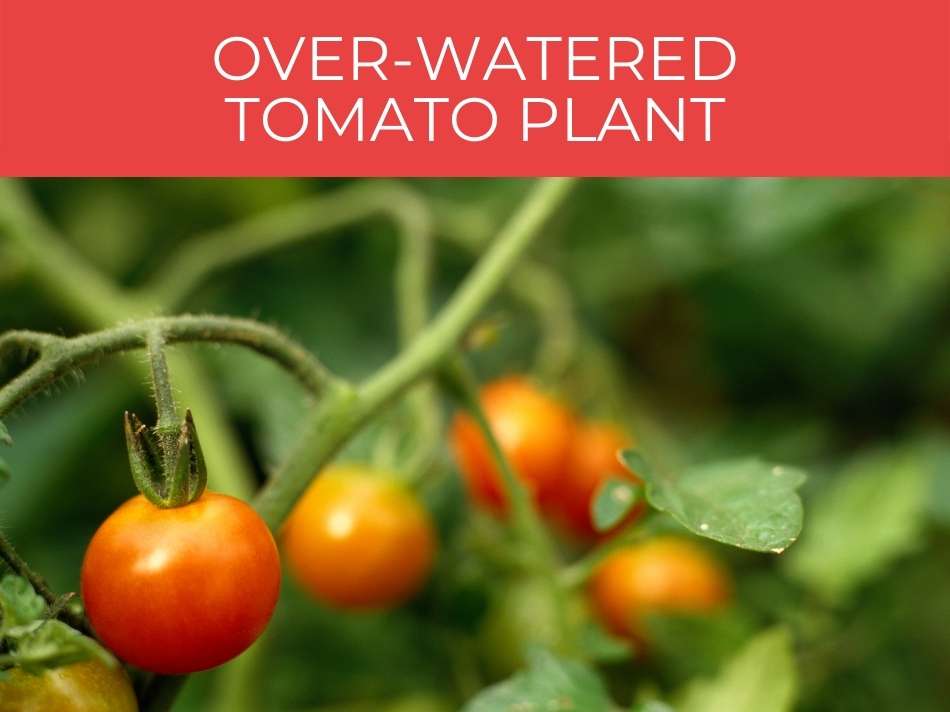
Over-watered tomato plant
If a tomato plant is watered too often, then the water will pool in the soil around the roots and block the air from getting to them. This effectively means the roots will die, and the nutrients cannot travel into the plant, which means it won’t grow and thrive.
When a tomato plant is over-watered, the water pools in the soil around the roots of the plant.
This cuts off the water and the roots are effectively drowned.
The necessary nutrients can no longer be absorbed by the plant, and it cannot grow and thrive.
The roots may develop root rot and will eventually die.
Although a tomato plant uses a lot of water, it must not be watered too often, to avoid this happening.
See our complete guide for how to grow more tomatoes.
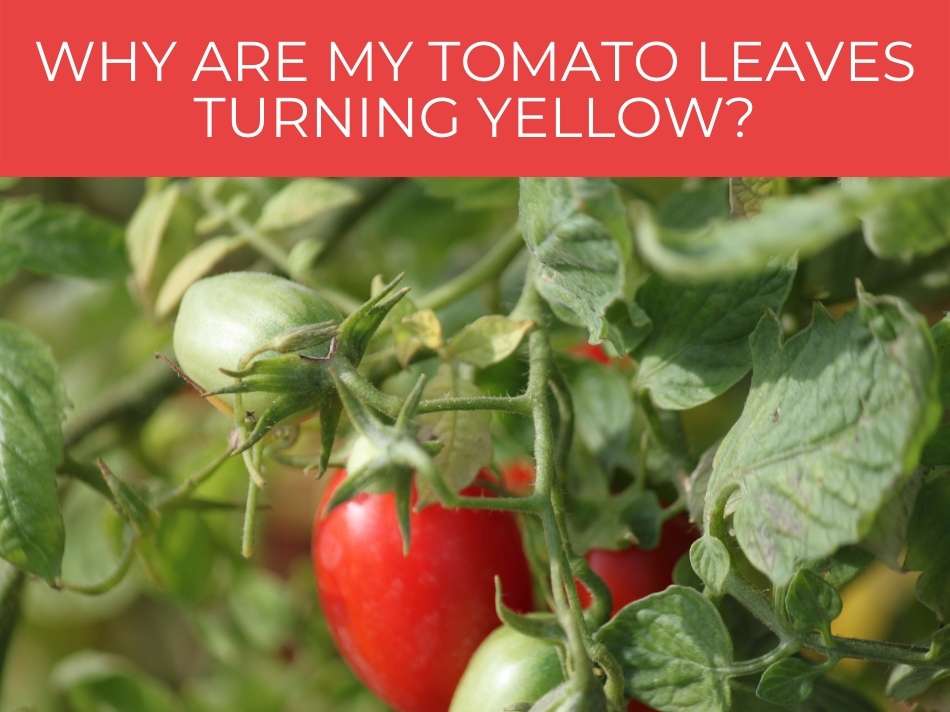
Why are my tomato leaves turning yellow?
The leaves of a tomato plant will turn yellow if they are not receiving enough nutrients because they are not getting enough water. This can be caused by under-watering, which limits the water the plant can take in, or by over-watering, which effectively drowns the roots.
If a tomato plant does not receive enough of the correct nutrients, the leaves will turn yellow and eventually die.
They will then fall off.
The most common cause of this is that the plant is not receiving enough water.
However, it may also be caused by over-watering, which effectively drowns the roots.
In this case, the plant can no longer absorb any nutrients.
The yellow leaves may also be caused by a fungal infection or even a disease of the tomato plant.
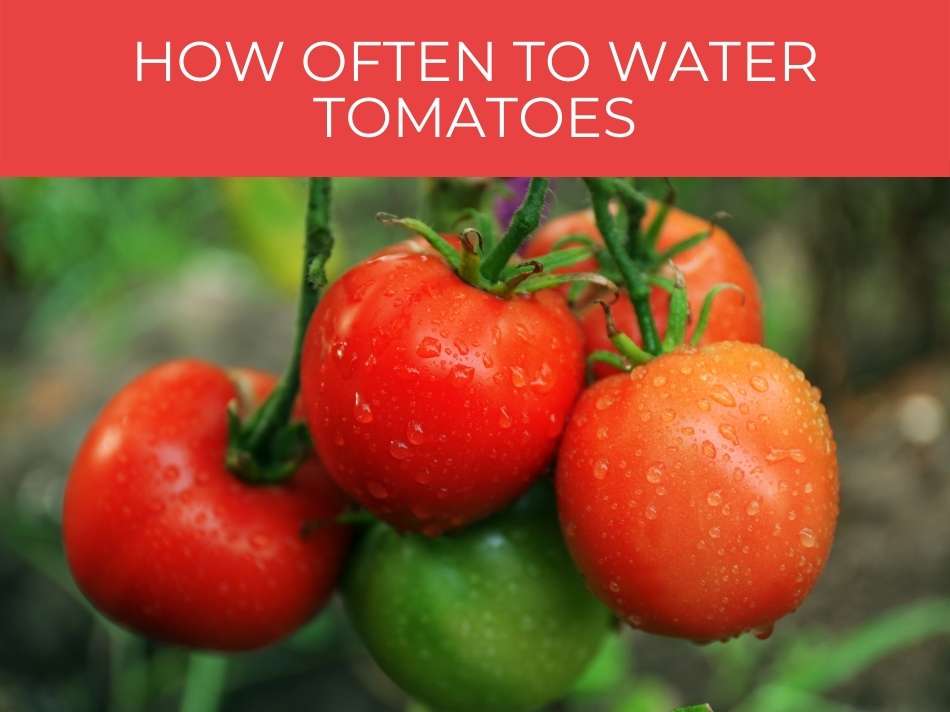
How often to water tomatoes?
Tomato plants are heavy feeders and take up a lot of water and nutrients every day. They need to be watered at least every day, so long as soil is kept moist but not soggy. In warmer climates or during hot summers, the plants may need to be watered more often.
Tomato plants need a lot of water and nutrients to grow properly.
This makes them heavy feeders.
However, they cannot take up all the water they need at once, so must be watered sufficiently and regularly.
This means watering them every day.
The best time to do this is in the morning, to avoid the water evaporating too quickly.
When the weather is hot, the plants may have to be watered twice a day.
A tomato plant should only be watered if the surrounding soil is damp, or dry to about one inch (2.5cm) below the surface.
See our guide to growing tomatoes in hot climates like Florida.

How often to water tomato plants in pots?
Tomato plants grown in pots will usually need to be watered once a day, provided they are watered correctly. Because some pots do not drain as efficiently and quickly as soil in the garden, it is important to make sure the plants in pots are not over-watered: soil should be moist but not soggy.
Tomato plants that are grown in pots need to be watered twice a day, but only in small amounts.
Pots drain less efficiently than soil in garden beds, so it is important to avoid over-watering them.
A useful rule to follow is to water until the pot drains the first drops of water.
See our complete guide to what soil is best for tomatoes.
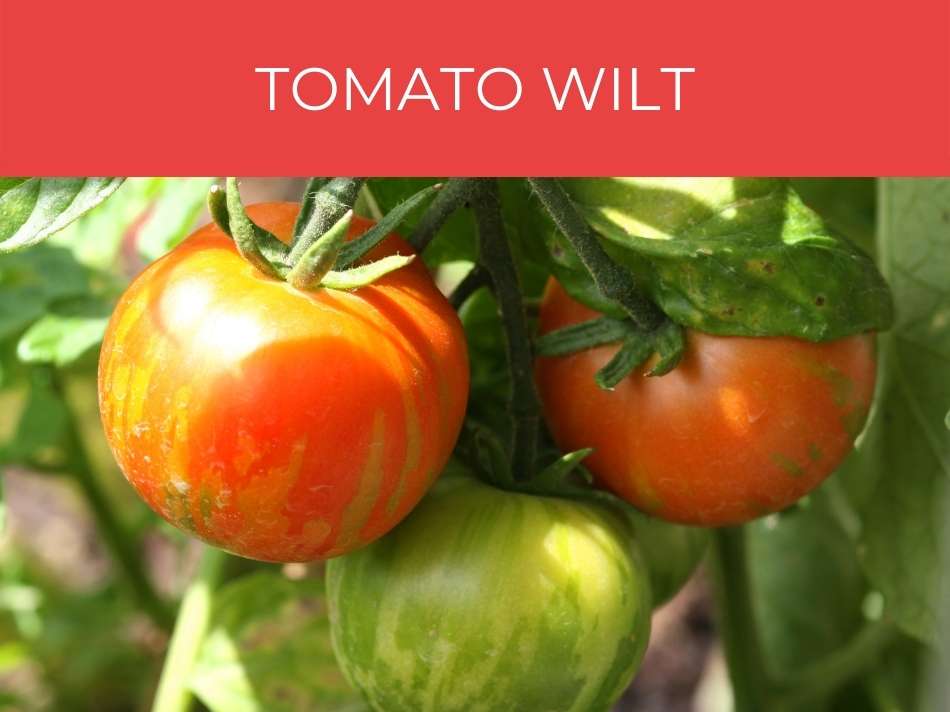
Tomato wilt
When the leaves and stem of a tomato plant become droopy and bend down, instead of standing upright and flaring out, the plant is wilting. This can indicate that the plant has been either under-watered or may have been affected by a fungus or disease.
A tomato plant is wilting when the stems bend down and the leaves begin to droop.
This is a sign of the plant not receiving enough water and is dehydrated.
The plant also doesn’t receive enough nutrients to grow.
Another reason for a tomato plant to wilt is if it is affected by a fungus or other disease.
Over-watering can also block the plant from taking up water and nutrients, and it will also wilt.
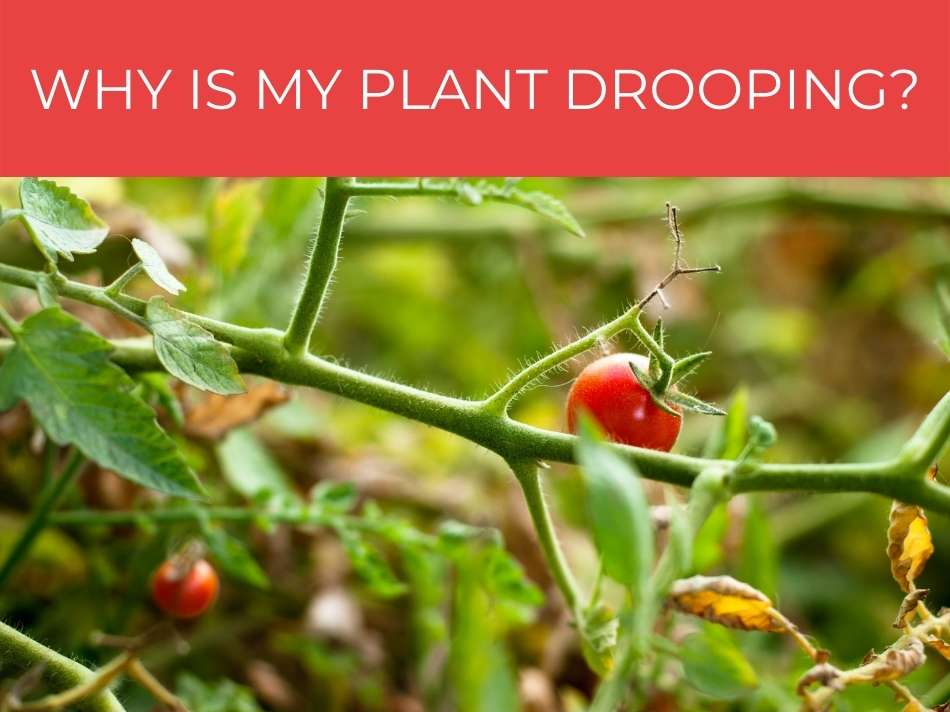
Why is my plant drooping?
A tomato plant will droop when it hasn’t received enough water and has become dehydrated. On the other hand, it may also droop if the roots have been drowned because of too much water. The drooping may also be caused by a fungus or disease.
A tomato plant will begin to droop if it is unhealthy.
This can simply be a case of dehydration, which means the plant is not getting enough water.
Without enough water, there’s not enough water pressure in the plant’s stems and leaves to make it stand upright.
As a result, the plant droops.
With under-watering, you’ll also notice that the leaves look dull instead of shiny.
On the other hand, a drooping plant can also mean that the plant’s roots have effectively been drowned by too much water in the soil.
A plant can also be unhealthy because it is affected by a disease.
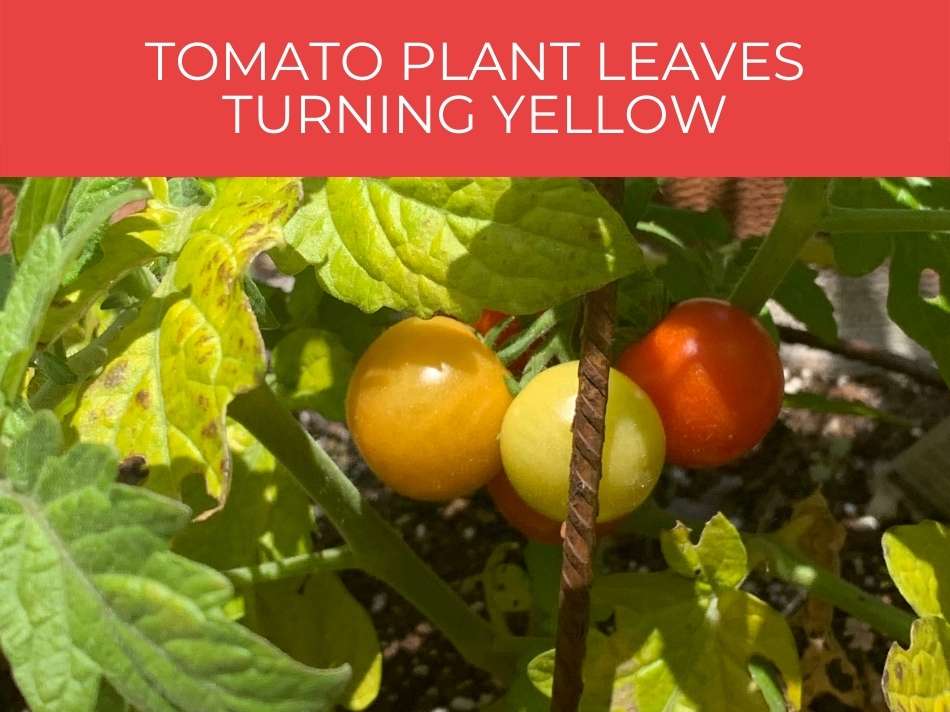
Tomato plant leaves turning yellow
If the roots of a tomato plant can’t take in enough water. This dehydrates the plant and the correct amount of nutrients cannot get to the plant. This causes the plant to begin to wilt and the leaves to start turning yellow. Often, yellow leaves are caused by over-watering.
The leaves of a tomato plant turning yellow is a sign that the plant is not able to take up enough water or nutrients.
This can be caused by either under-watering or over-watering the plant.
Both of these effectively strangle the plant and the leaves turn yellow as an indication of this.
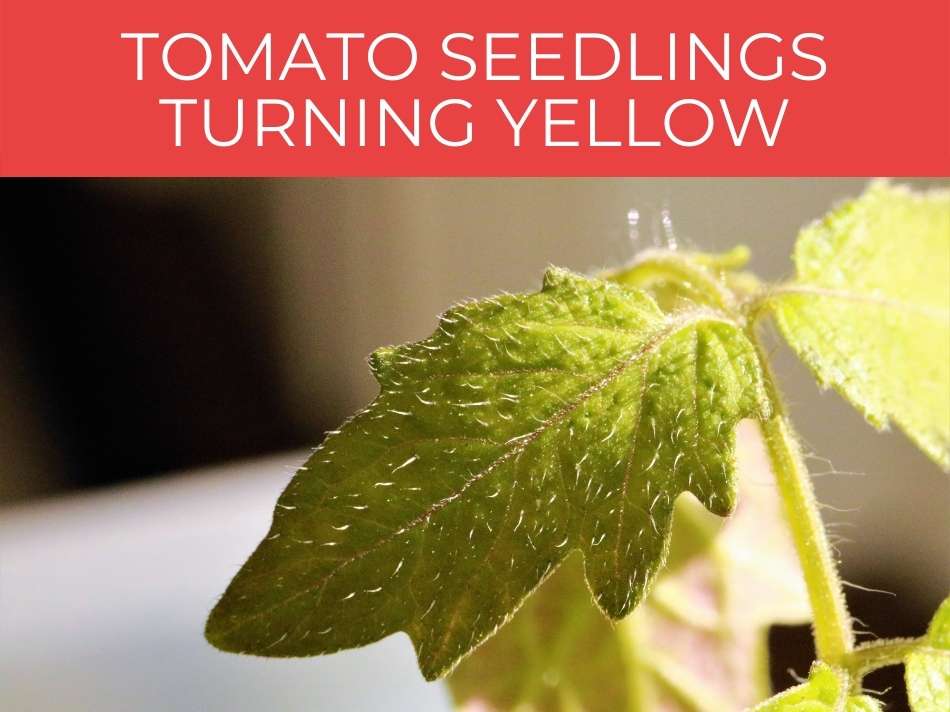
Tomato seedlings turning yellow
If the leaves of a tomato seedling turn yellow, it may be because the plants did not receive enough light or nutrients, or has been over-watered. It may also be the first leaves that developed when the plant germinated and will inevitably die. Keep soil moist but not soggy.
Tomato seedlings are often packed quite closely together.
This means that the lower leaves of the plants may not get enough light.
These leaves may turn yellow.
When the seedlings are thinned out and get enough light and space between them, they will lose the yellow in the leaves and grow healthily.
Sometimes, the nutrients in the soil the seedlings are planted in can become depleted, but this is corrected when they are planted out.
When a tomato plant germinates, what emerges are not true leaves.
These will inevitably turn yellow, die, and drop off.
See our full guide for how far apart to plant tomatoes.
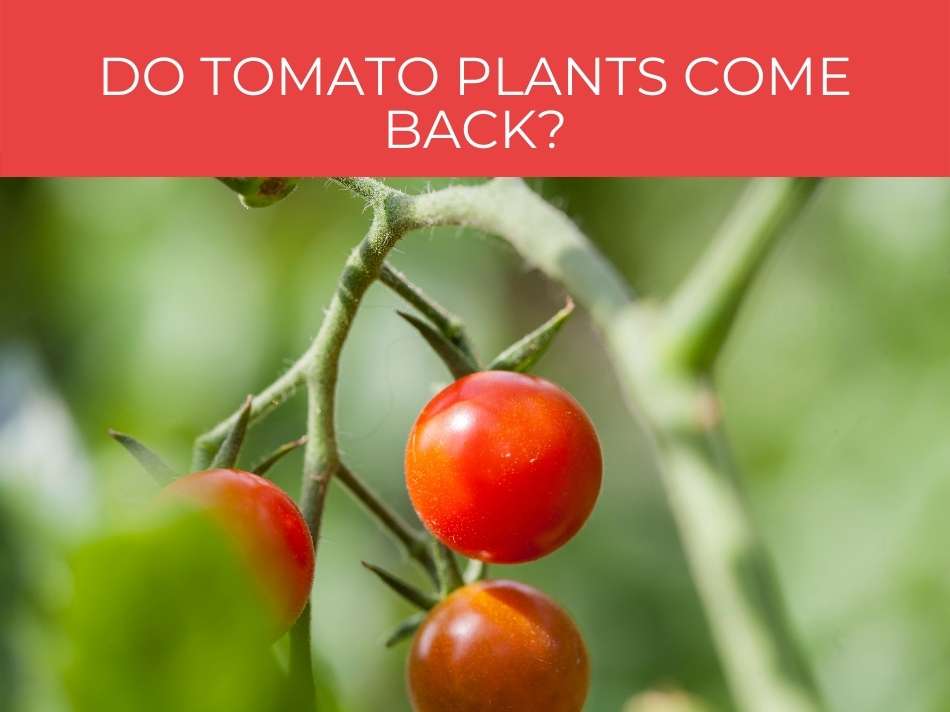
Do tomato plants come back?
A tomato plant that is wilting and whose leaves are turning yellow can be saved if it is caught in time and watered properly. If the yellow leaves are removed in time, the plant will also grow properly again.
A tomato plant’s leaves can turn yellow because it is under-watered.
In this case, if you water the plant carefully and regularly, then it will grow properly again.
The leaves can also turn yellow if the plant is over-watered.
In this case, the plant may need to be re-potted if it is in a container so that the new soil will be damp and not too wet.
If the plant is growing in the ground, then you must stop watering it and give it time to dry out, if possible.
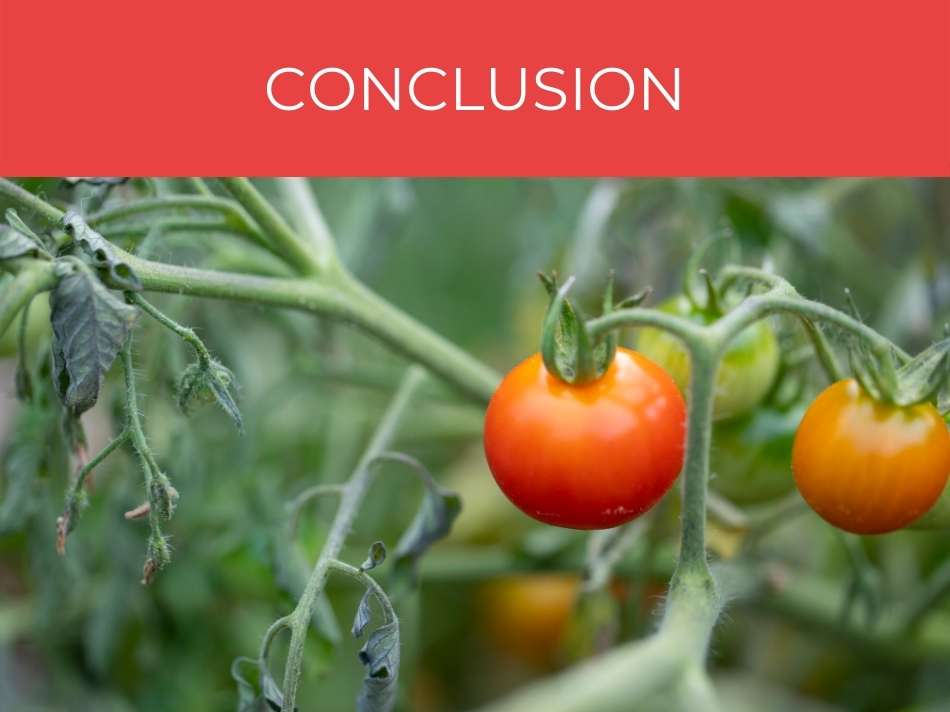
Conclusion
To avoid your tomato plant developing yellow leaves and wilting, make sure it receives enough water. However, don’t get carried away and water it too much, or the roots will drown, and the plant will droop and may even die.


